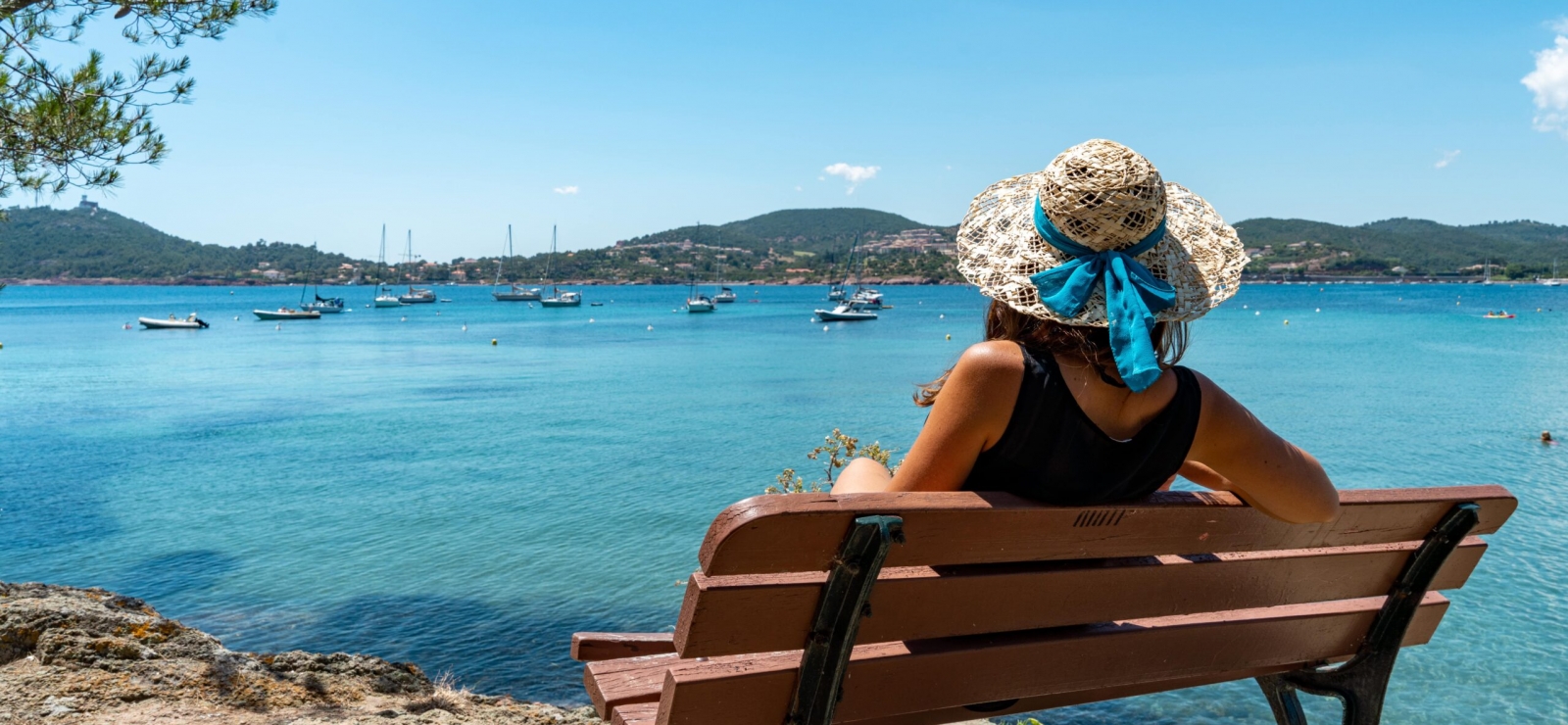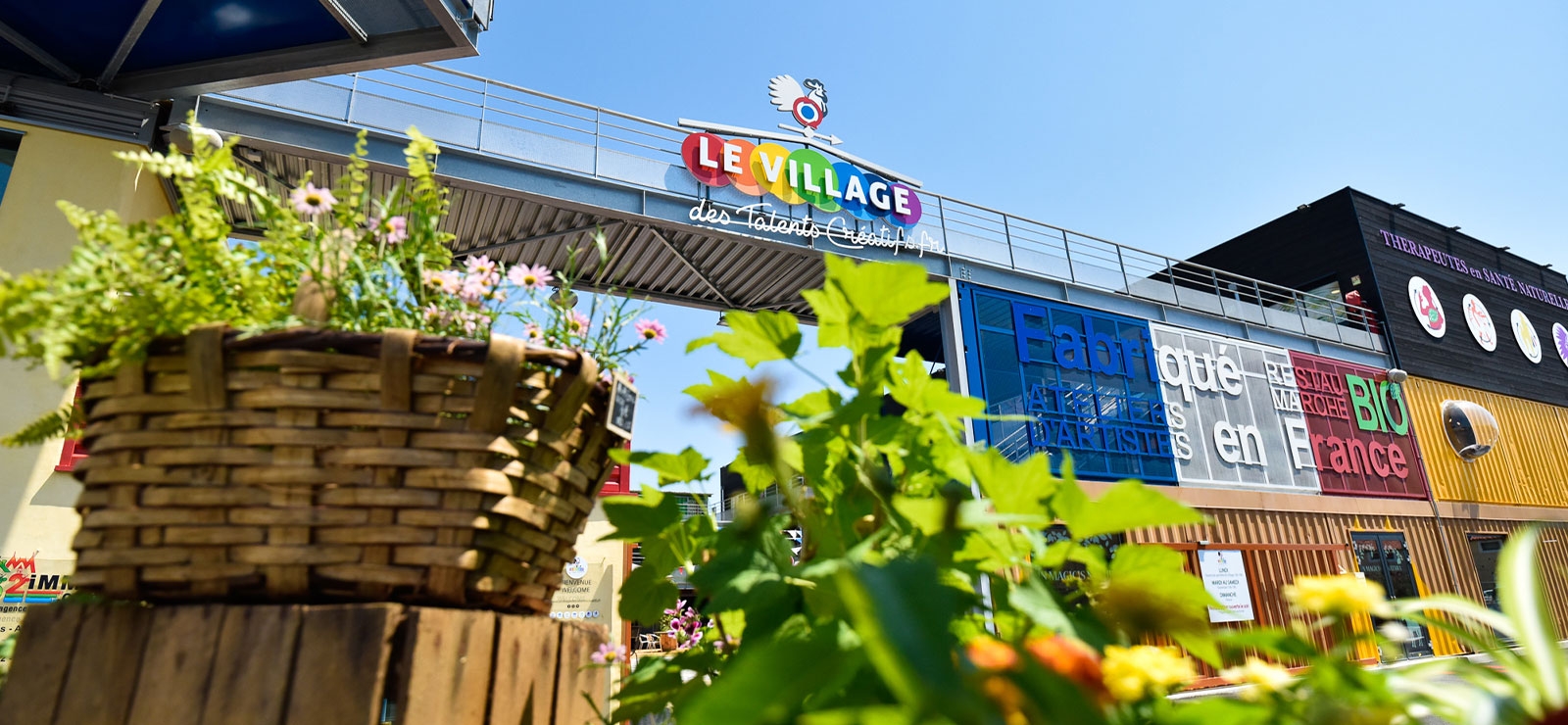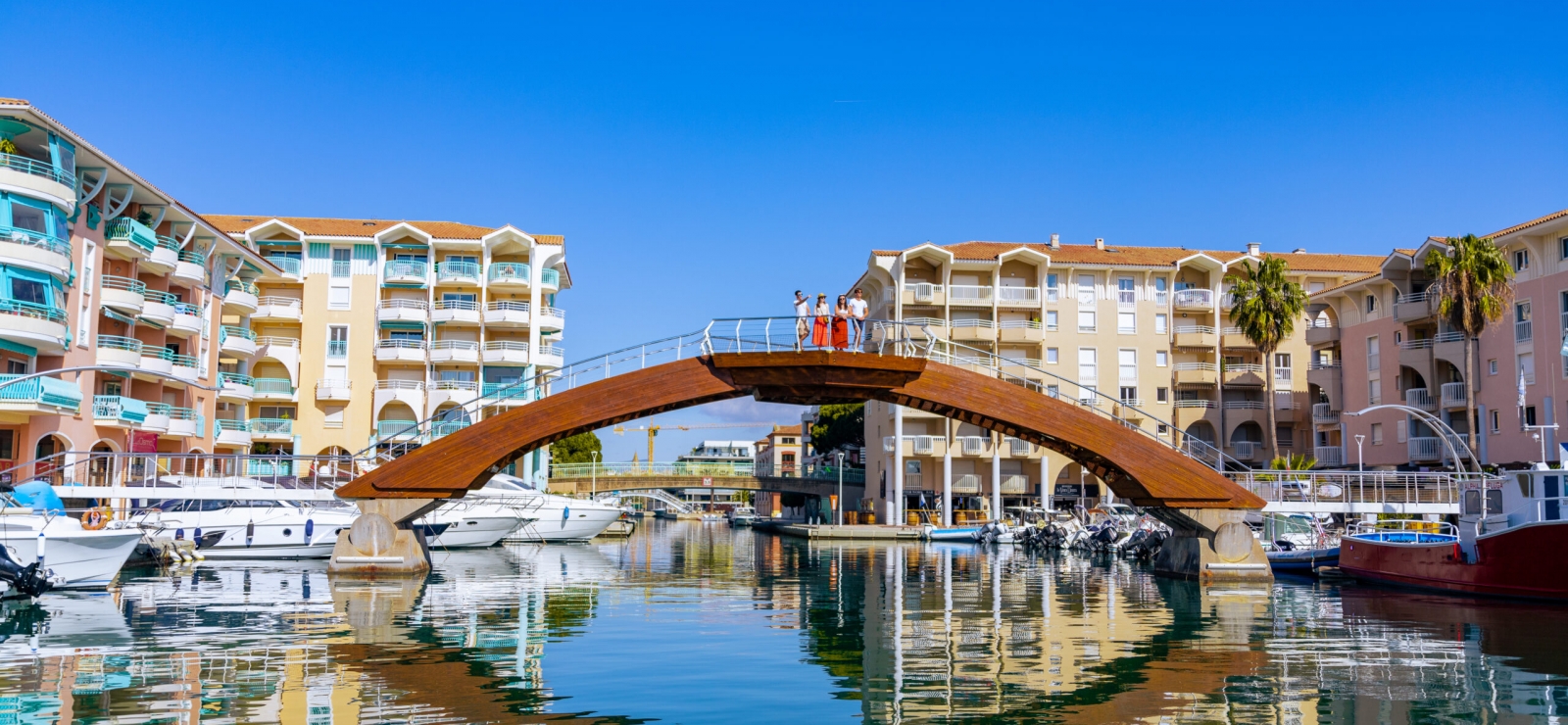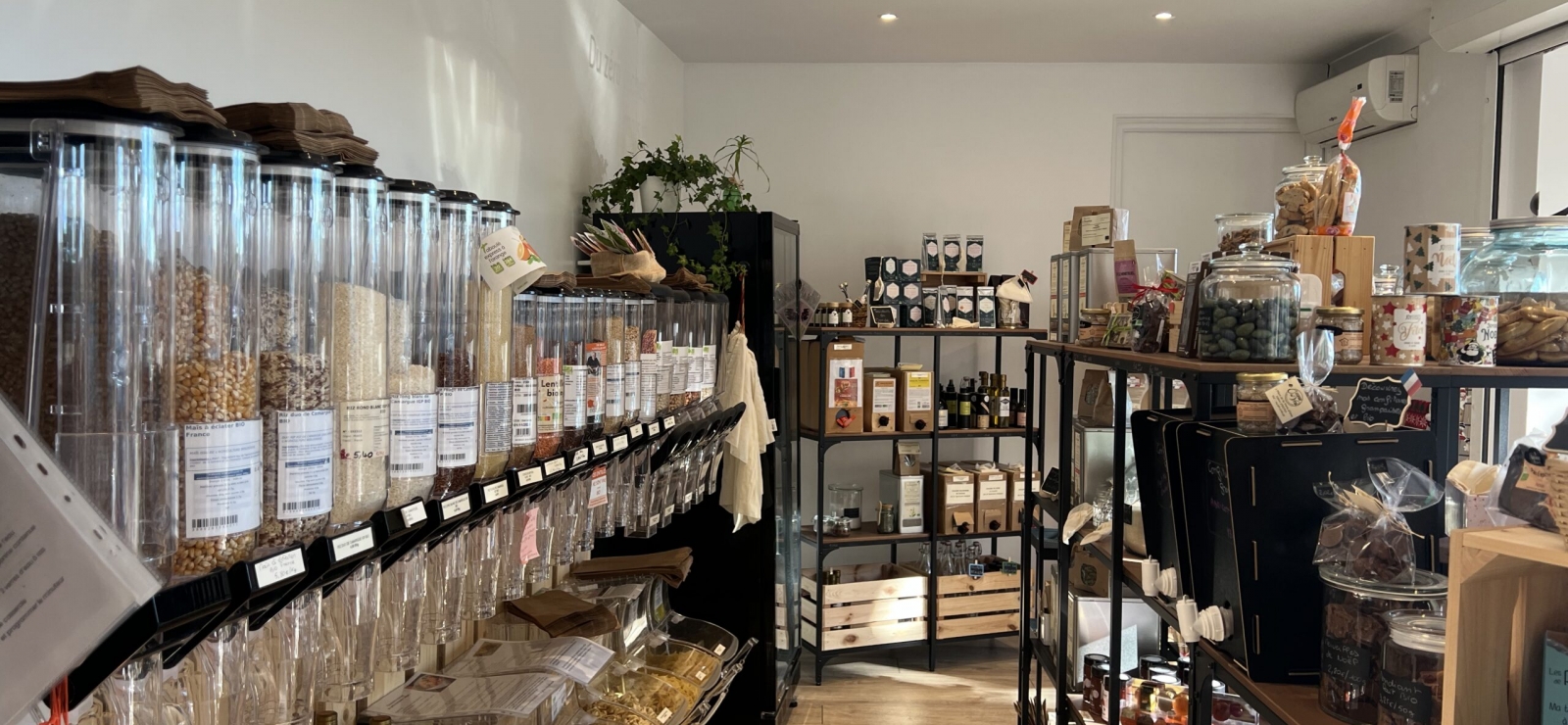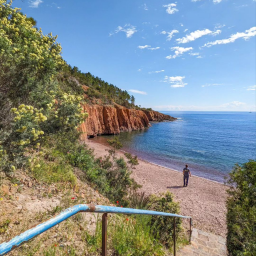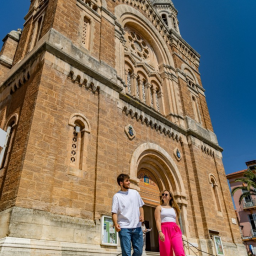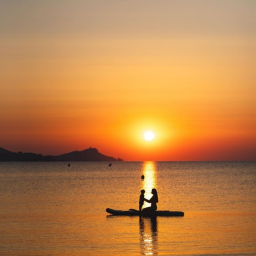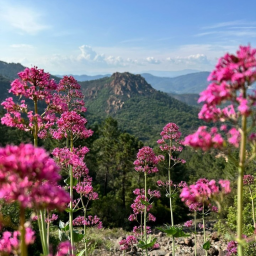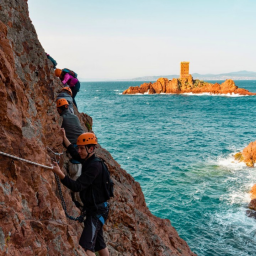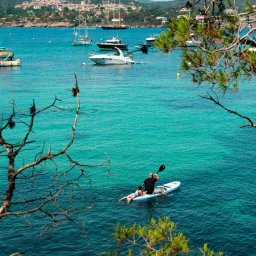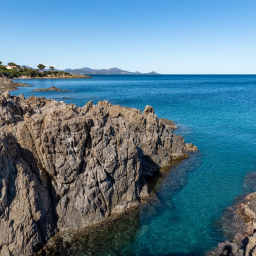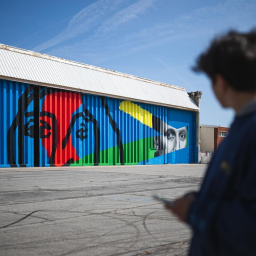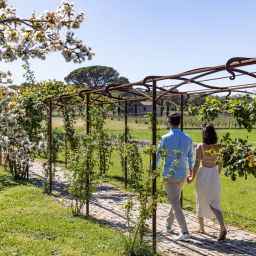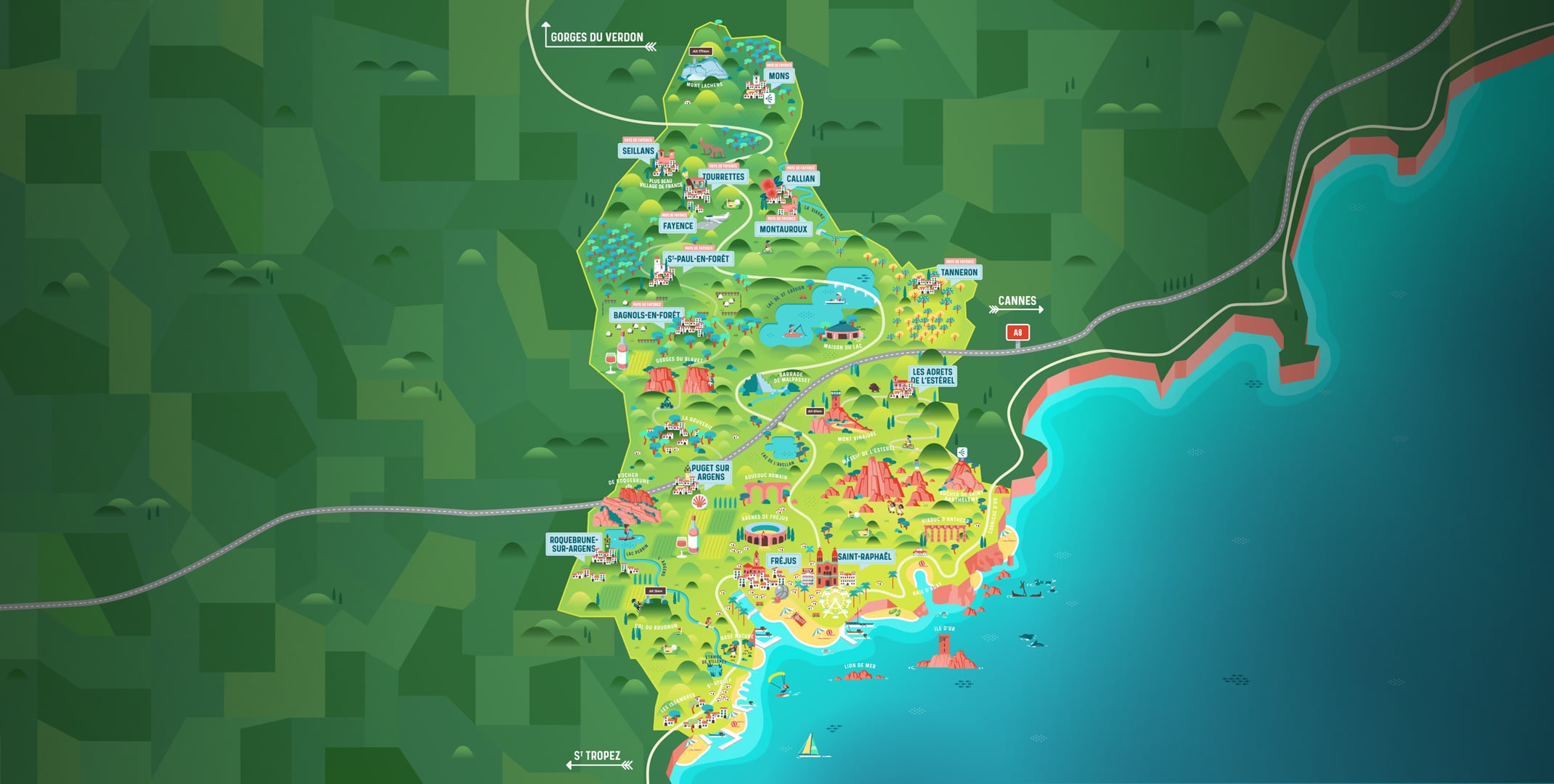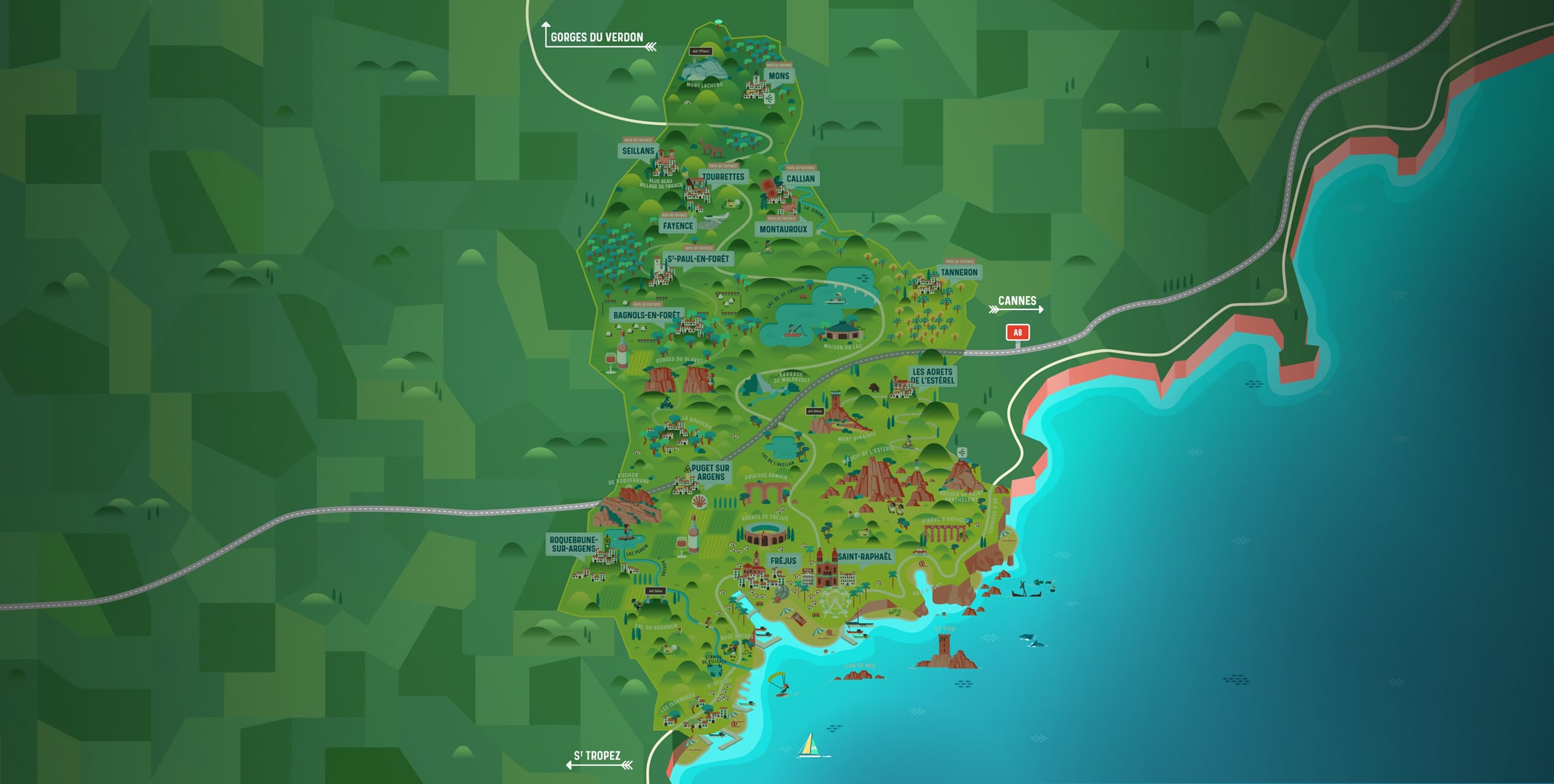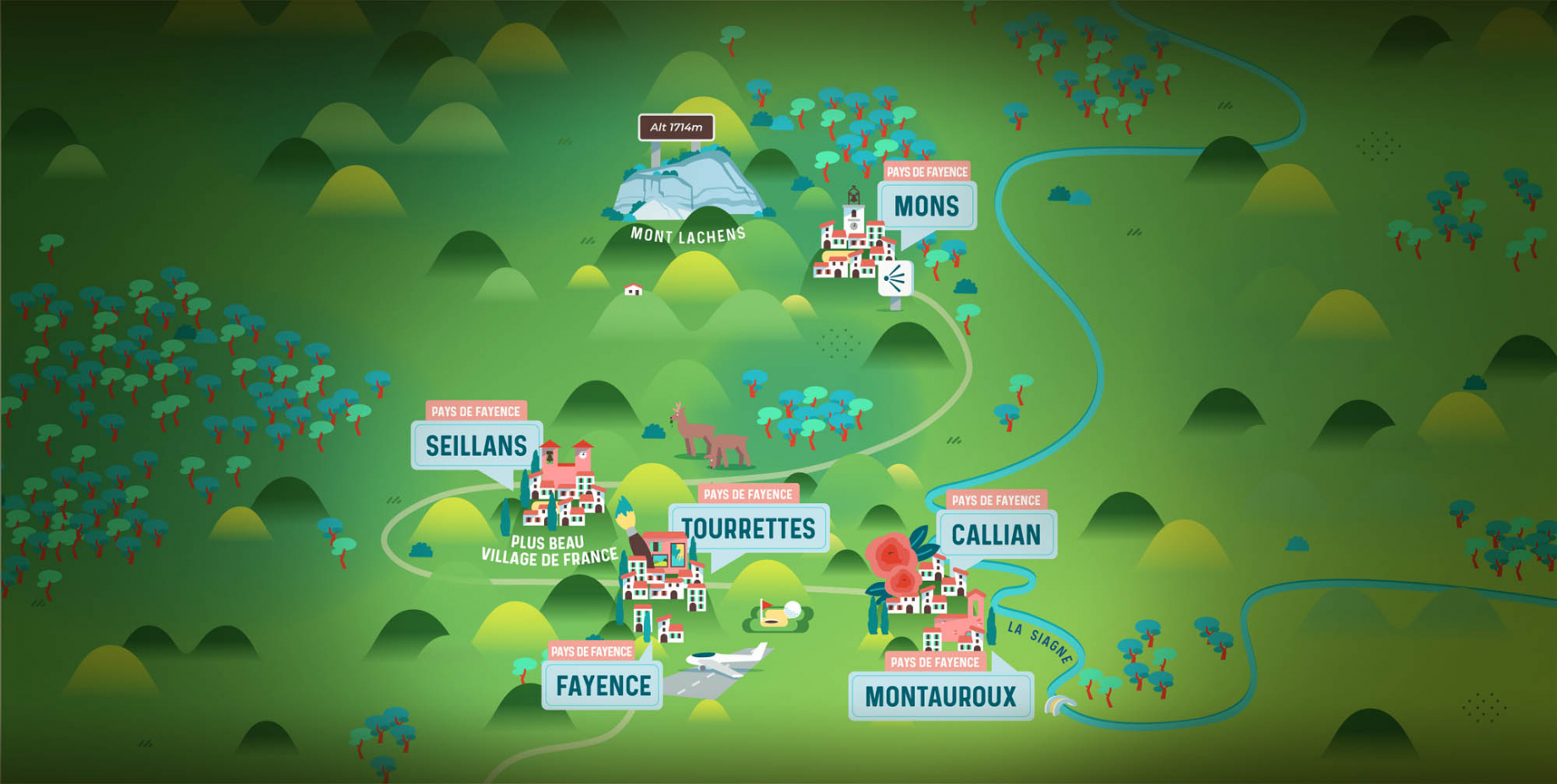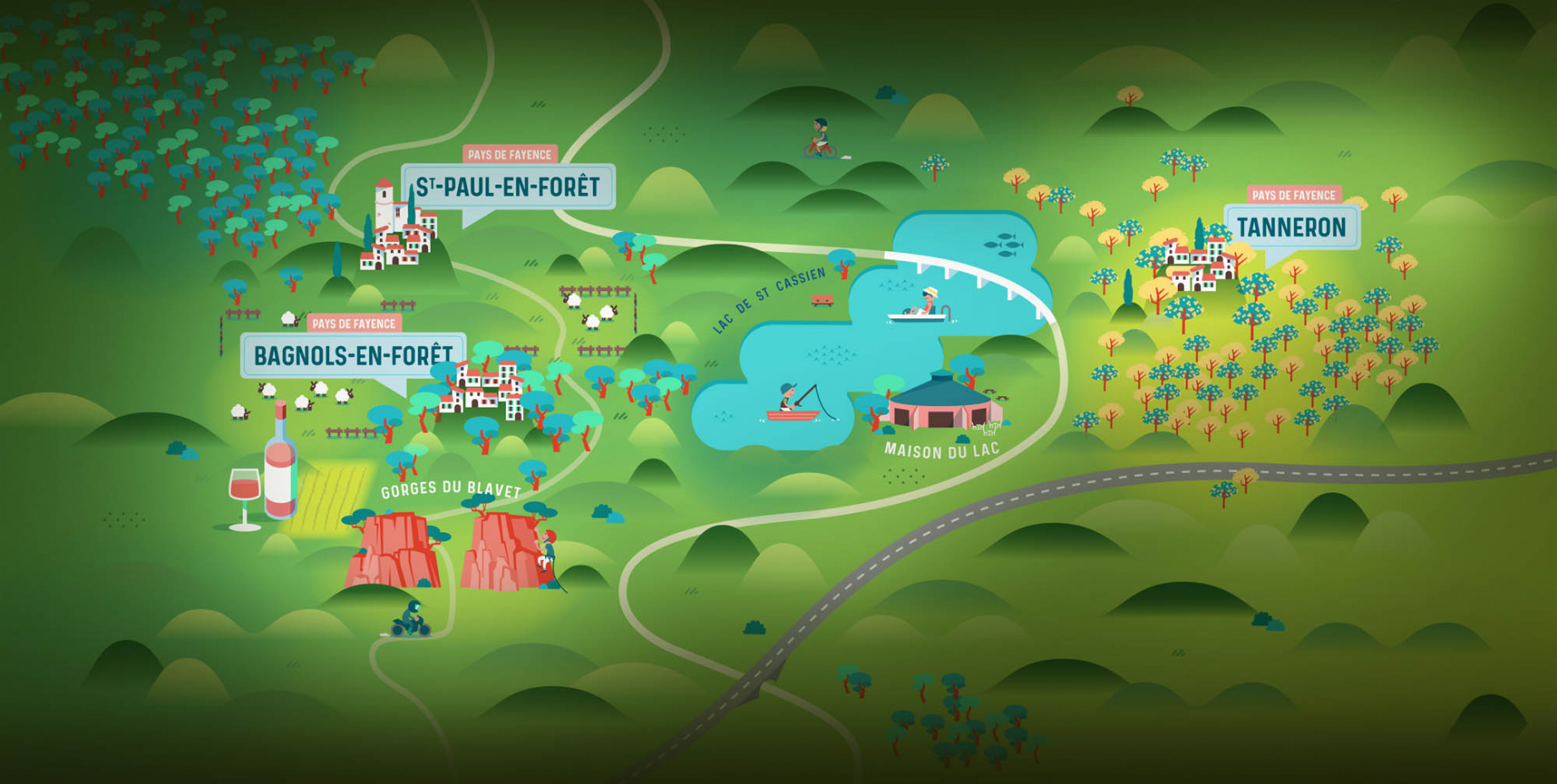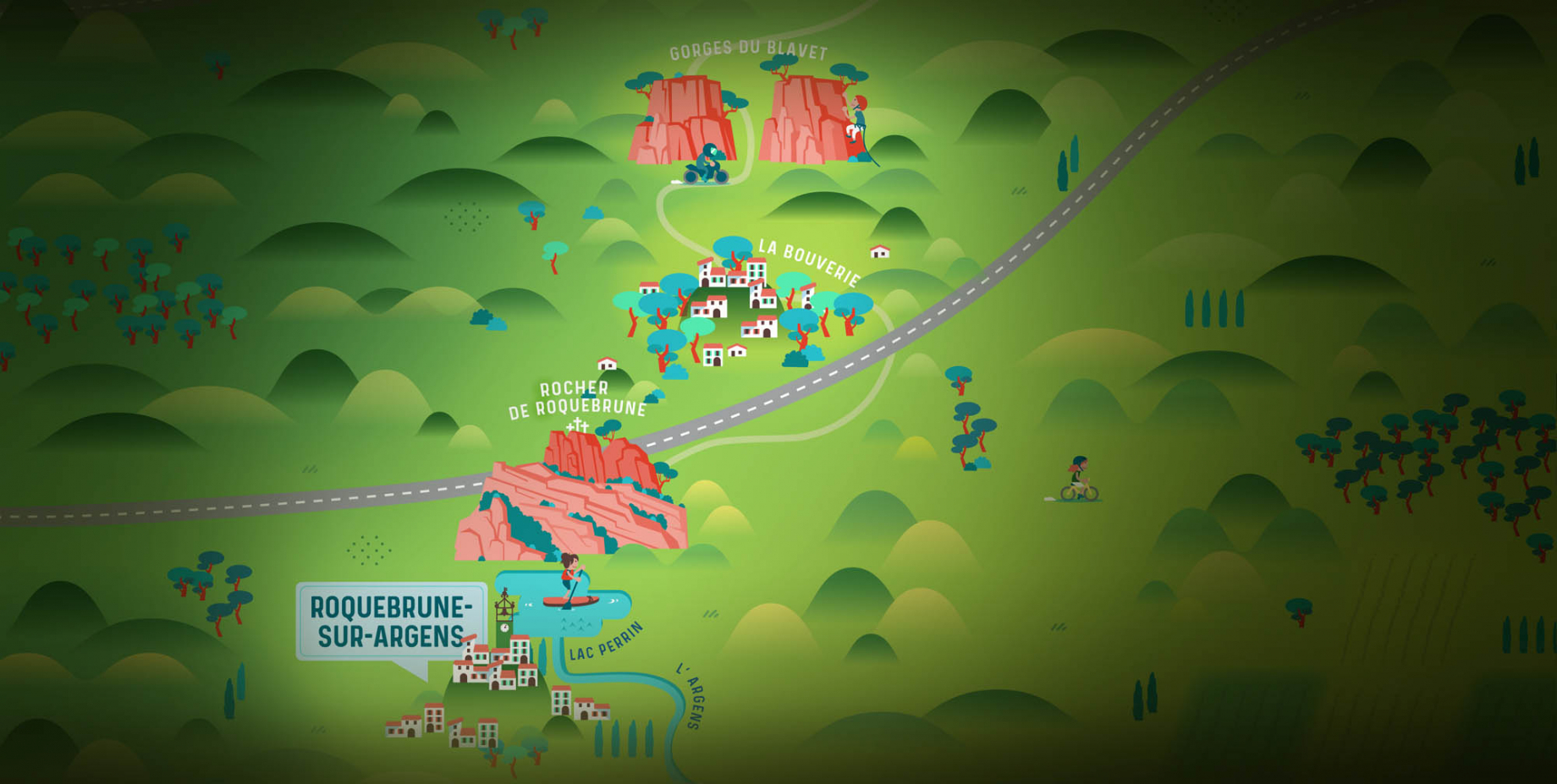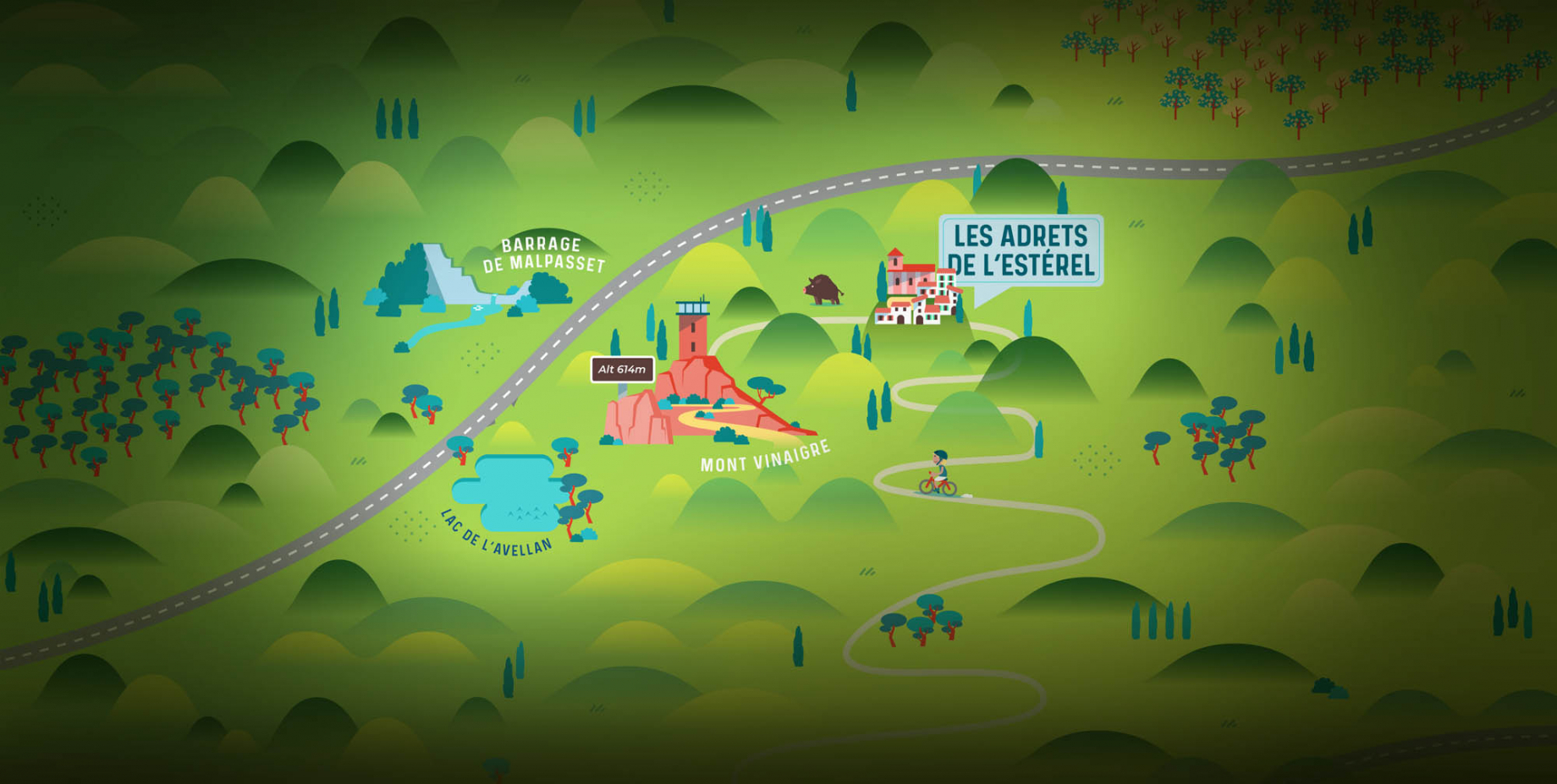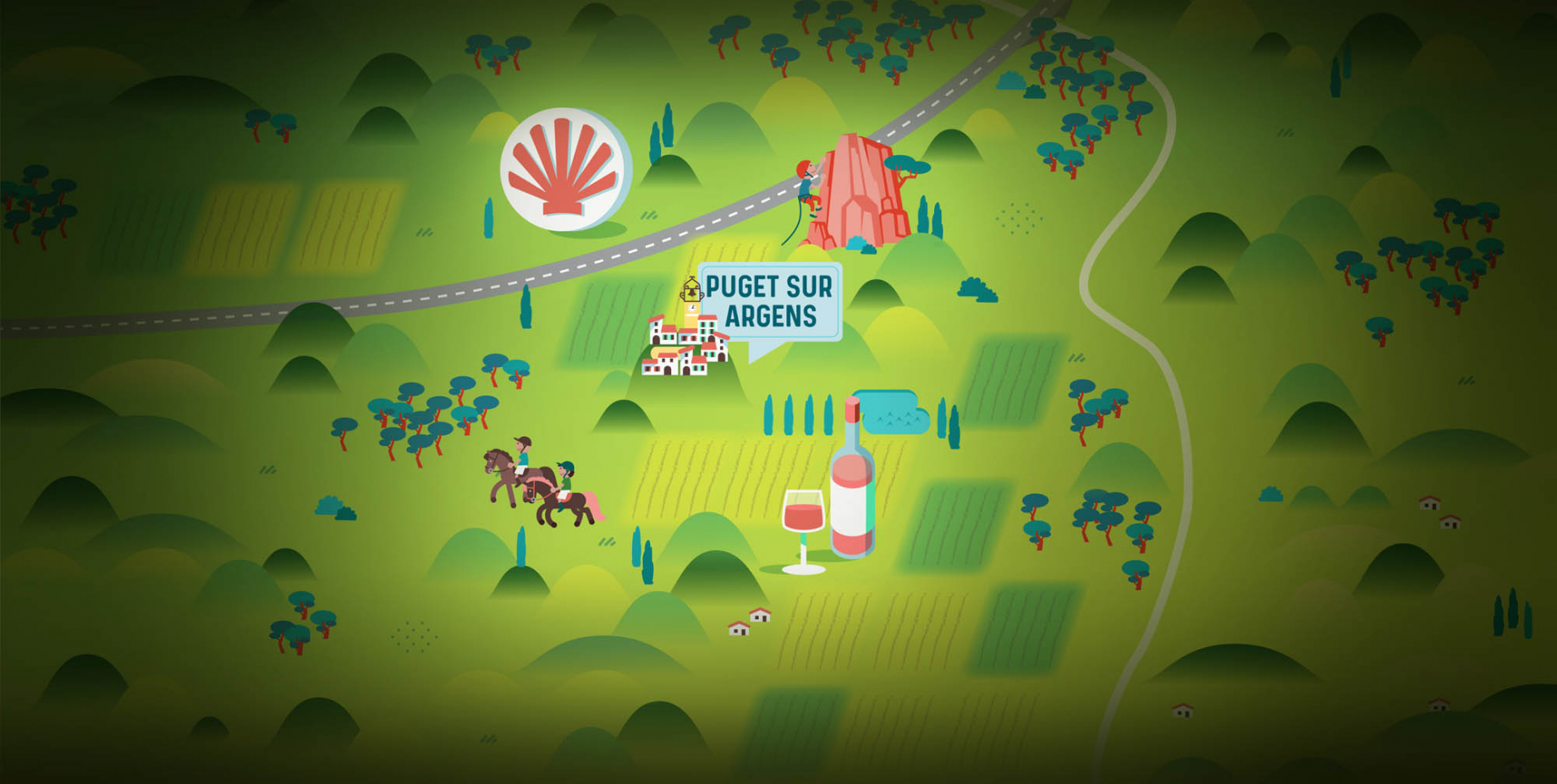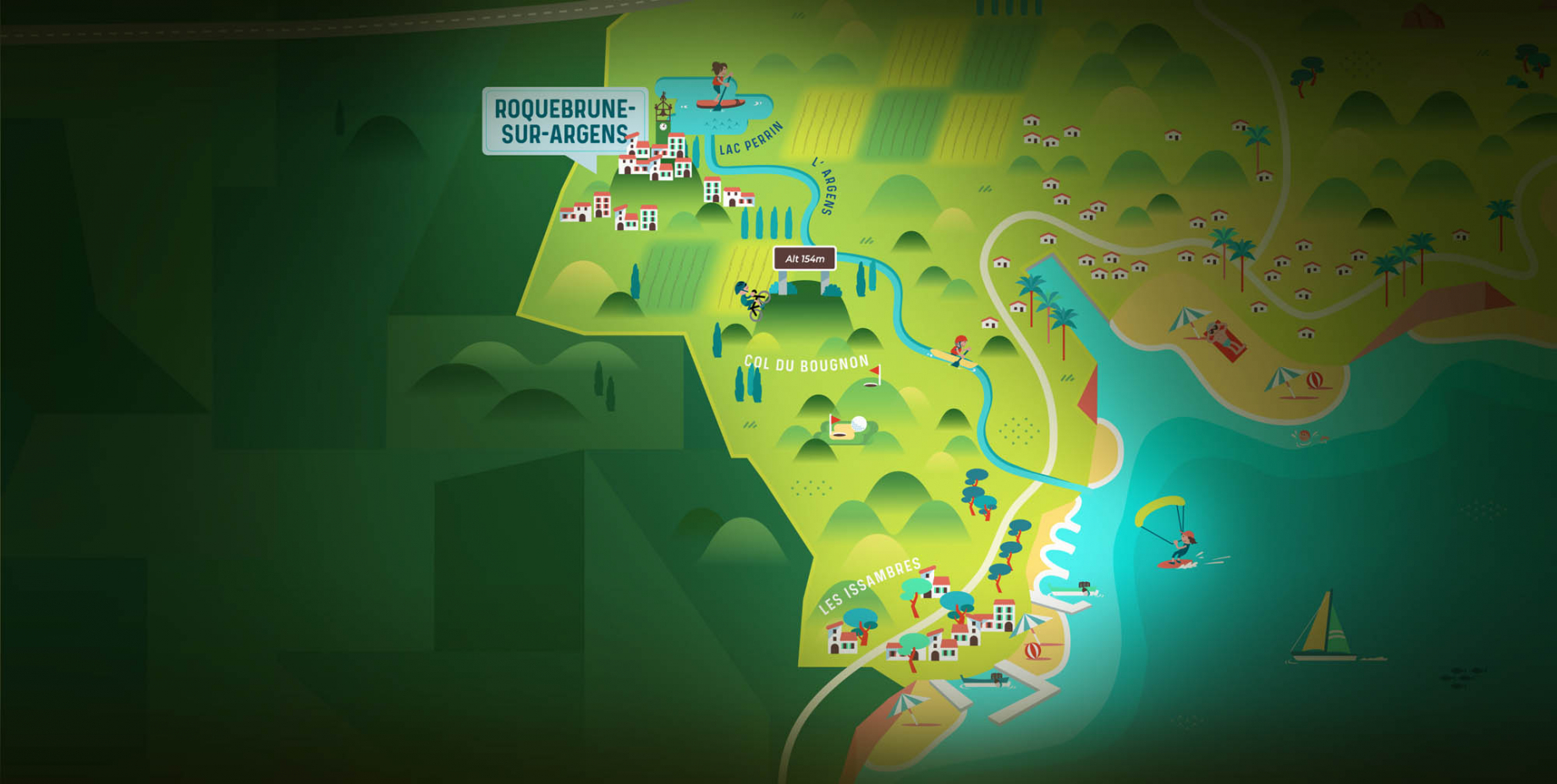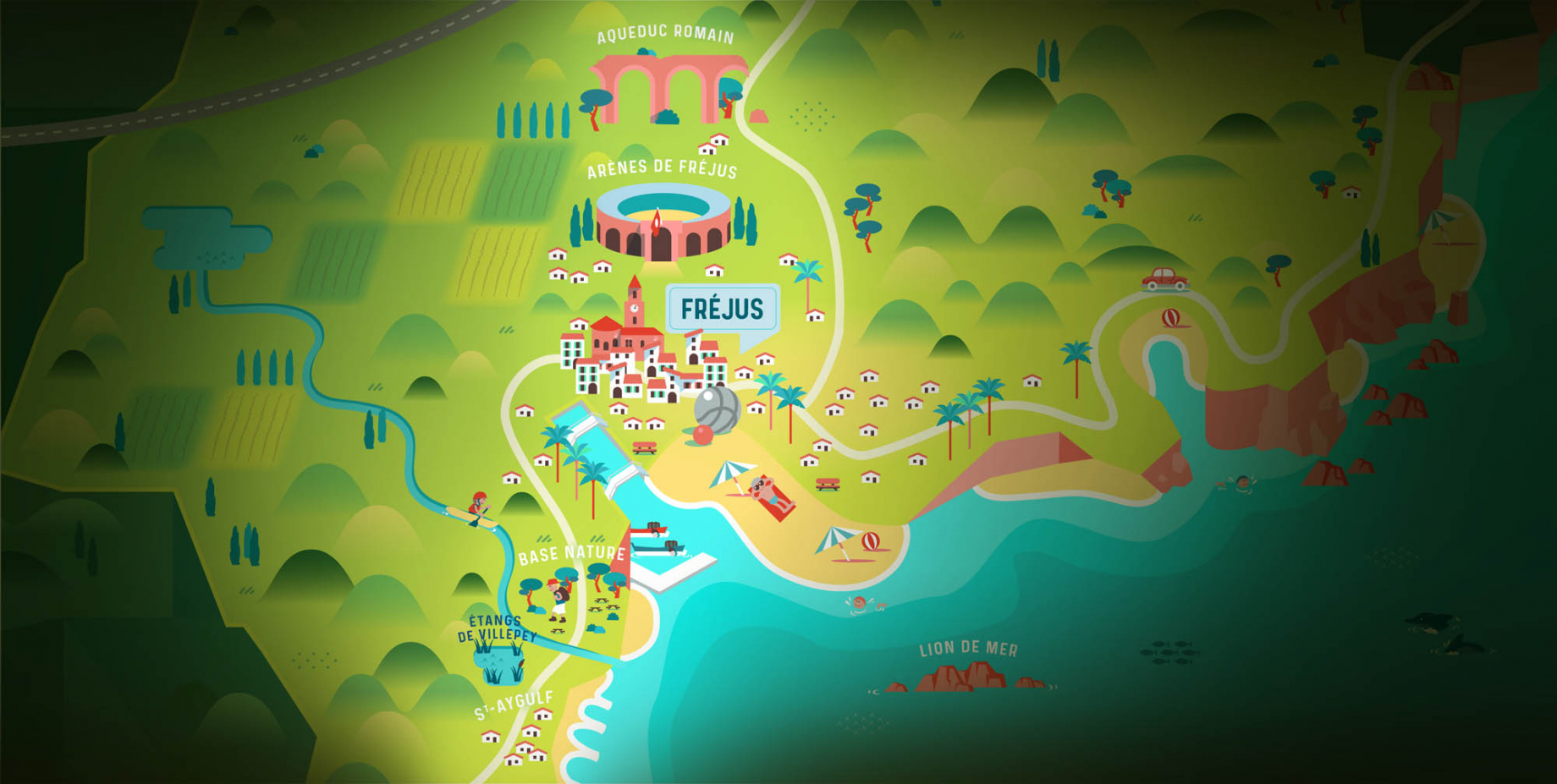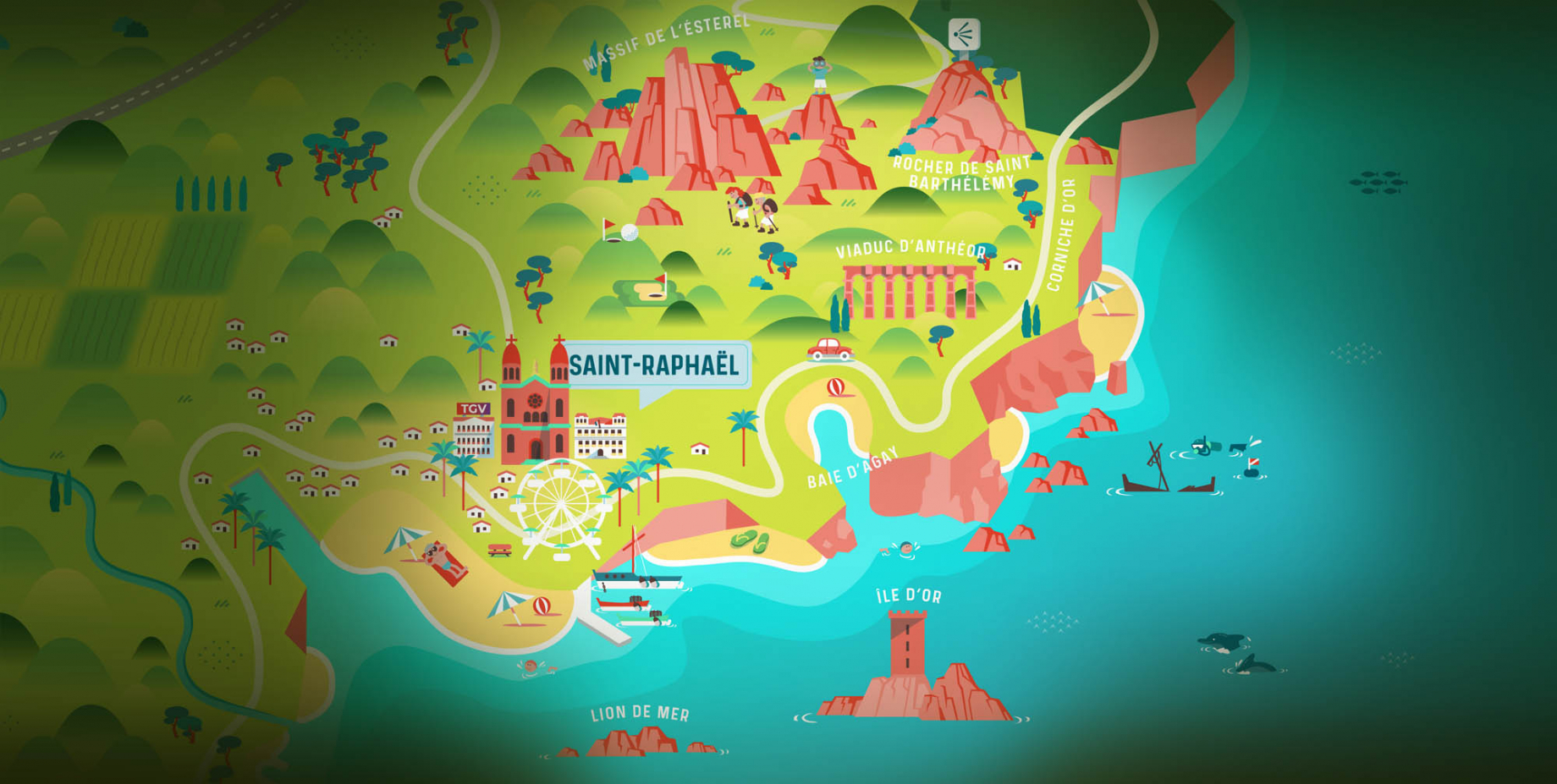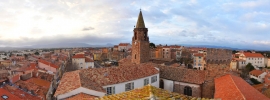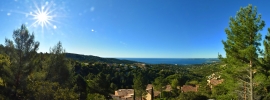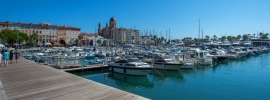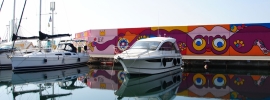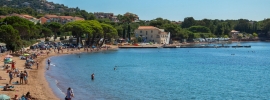Slow tourism for unforgettable holidays!
How many of you have ever found yourselves organising a holiday, simply because life has become a frantic marathon and you needed a break? Between work commitments and studies that take up a lot of your time and energy, stress and tiredness take their toll and a holiday becomes almost a necessity.
And if during your holidays you're often faced with traffic jams and queues that never seem to end, is that the real meaning of REST? If you've ever felt the need for a break after returning from your holiday, you've come to the right place. It's time to say goodbye to post-holiday fatigue and say hello to relaxation with slow tourism. Immerse yourself in a journey where time slows down, every moment is savoured and the return to everyday life leaves you feeling melancholy. Above all, get ready to adopt more sustainable behaviour throughout your holiday!
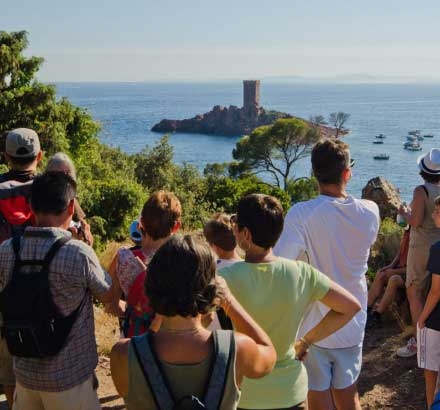
Slow tourism in a nutshell
Say goodbye to tiring travel and welcome slow tourism! Slow tourism, also known as sustainable tourism, is a way of travelling that focuses on a slow, in-depth experience, allowing you to fully immerse yourself in the host ecosystem. Those who choose to travel the slow way prioritise the quality of the experience, enjoy a unique, immersive experience that reveals the soul of the area in which they are staying, and are committed to being respectful of the environment.
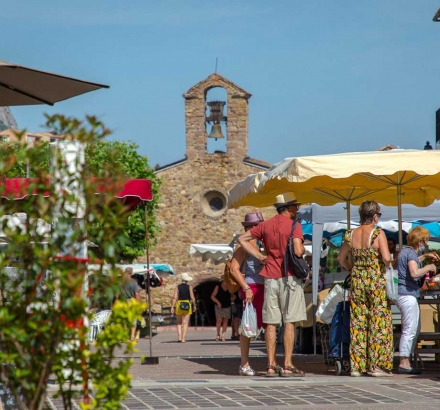
From slow food to slow tourism !
In the second half of the 1980s, the Italian gastronome, writer and activist Carlo Petrini founded the Slow Food movement to protest against the opening of a McDonald's in Rome's Spanish Steps. What is this movement? This movement is committed to promoting the right to pleasure and good food, by practising and spreading respect for those who produce it, in harmony with the environment and ecosystems. From there, the idea of slowness as a need to taste, to savour, to stop and immerse oneself in the experience, has spread to many other areas such as tourism.
In a nutsell...
As you may have gathered by now, slow tourism is based on 3 principles:
- Experimenting with a richer, more authentic form of tourism: slow tourism offers an immersive experience, where visitors are invited to play an active part in their journey. It's an invitation to explore natural and cultural heritage, and to discover local products, enabling unforgettable encounters and sharing. What's more, the activities on offer provide opportunities to connect with the destination and its people.
- Taking the time to discover the destination: travellers are encouraged to take the time they need to fully discover a destination. This means savouring every moment, soaking up the local atmosphere and allowing themselves moments of well-being and relaxation.
- Sustainable tourism: slow tourism is strongly linked to a sustainable approach to travel. This means not only protecting and enhancing our heritage, but also minimising negative environmental impacts such as waste and fires, protecting local flora and fauna, favouring 100% electric leisure activities and encouraging soft mobility. What's more, as part of our commitment to soft mobility in our area, the Syndicat Mixte du Grand Site de l'Estérel has introduced a shuttle service to get to the Estérel. As a result, all motorised vehicles will be banned from the Gratadis car parks on days when the shuttle is in service.
Slow Tourism : live, explore, protect !
Now you're more familiar with slow tourism, an alternative form of tourism that's more respectful of the environment and richer in experiences! Imagine yourself immersed in unique and authentic experiences, where every moment is a sensory discovery. Taking the time to savour each moment, letting yourself be transported by the slow rhythms of a destination, while contributing to its preservation, is simply an innovative approach to making the most of your holidays! So why not try slow tourism on your next trip? You won't regret it, believe us!

